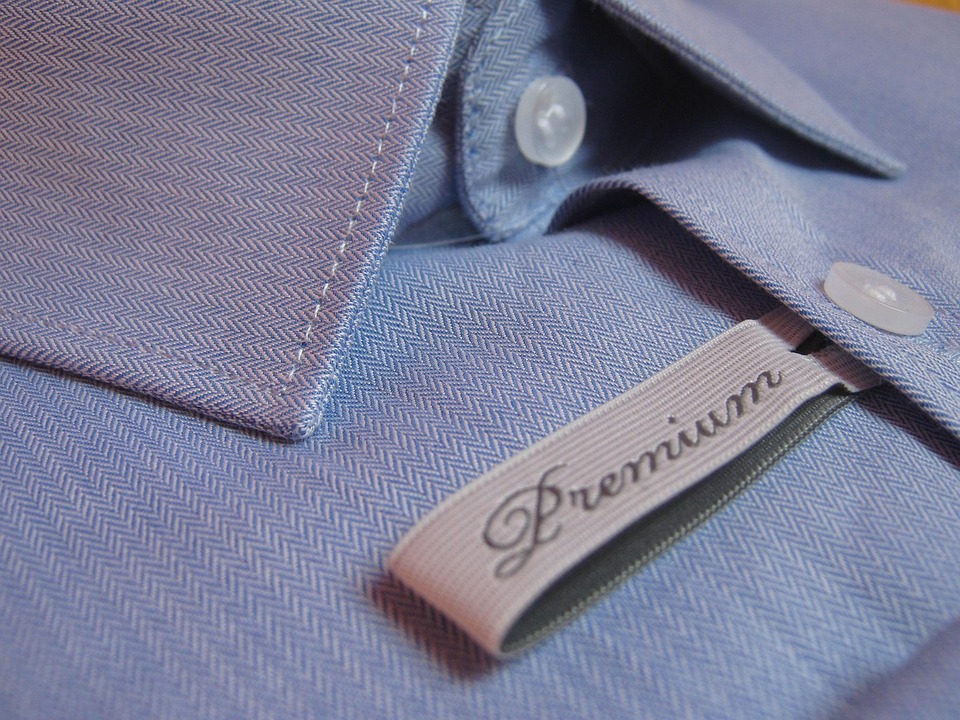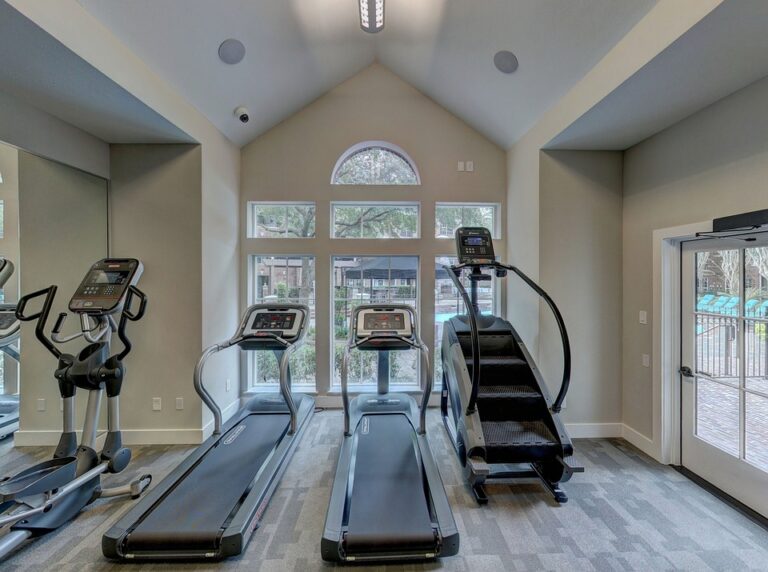Best Tech Product Comparisons: Budget vs. Premium Options
In today’s fast-paced tech landscape, finding the right balance between cost and performance is crucial. Whether you’re a student, a professional, or a tech enthusiast, choosing between budget and premium products can be a daunting task. This article explores top-tier comparisons across key categories—smartphones, laptops, headphones, smartwatches, and cameras—to help you make informed decisions without overspending or compromising on quality.
1. Smartphones: iPhone SE (2022) vs. iPhone 15 Pro
Budget Option: iPhone SE (2022)
- Price: Starting at $429.
- Key Features: A15 Bionic chip, 4.7-inch Retina HD display, 12MP camera, and 8MP front camera. It offers robust performance for everyday tasks like browsing, calls, and light gaming.
- Pros: Affordable, strong processor, compact design.
- Cons: Limited camera capabilities, smaller screen, no Pro-level features like ProRAW or Pro video.
Premium Option: iPhone 15 Pro
- Price: Starts at $999.
- Key Features: A17 Pro chip, 6.1-inch Super Retina XDR display, 48MP main camera, and advanced features like 4K video recording, LiDAR, and a ceramic shield for durability.
- Pros: Superior camera, faster performance, premium build quality.
- Cons: Higher cost, slightly heavier, and more expensive accessories.
Verdict: The iPhone SE is ideal for users who prioritize affordability and basic functionality. The 15 Pro, however, is a must for power users, photographers, or those who value cutting-edge tech and a sleek design.
2. Laptops: Lenovo IdeaPad 5 vs. MacBook Pro (M2)
Budget Option: Lenovo IdeaPad 5 (2023)
- Price: $550–$800.
- Key Features: Ryzen 5/7 processors, 15.6-inch IPS display, up to 16GB RAM, and 512GB SSD. It’s lightweight, energy-efficient, and great for students or casual users.
- Pros: Affordable, good for productivity and multimedia.
- Cons: Plastic build, limited port selection, and less vibrant display compared to premium models.
Premium Option: MacBook Pro 14-inch (M2)
- Price: Starts at $1,999.
- Key Features: M2 chip, 14.2-inch Liquid Retina XDR display, 16GB RAM, and 512GB SSD. Offers excellent performance, color accuracy, and a long-lasting battery.
- Pros: Superior build quality, macOS optimization, and vibrant display.
- Cons: Expensive, limited port options (USB-C only), and less customizable.
Verdict: The IdeaPad 5 is perfect for budget-conscious users needing a reliable workhorse. The MacBook Pro excels for creatives, developers, or those who value seamless software integration and a premium experience.
3. Wireless Headphones: Sony MDR-ZX300 vs. Sony WH-1000XM5
Budget Option: Sony MDR-ZX300
- Price: ~$50.
- Key Features: Over-ear design, decent bass, and 30-hour battery life. It’s a no-frills option for casual listening.
- Pros: Affordable, comfortable for long sessions.
- Cons: Basic noise cancellation, limited EQ options, and average sound quality.
Premium Option: Sony WH-1000XM5
- Price: ~$350.
- Key Features: Top-tier noise cancellation, 30-hour battery life, high-resolution audio support, and adaptive sound control.
- Pros: Excellent sound quality, advanced features, and premium comfort.
- Cons: Expensive, bulky design.
Verdict: The MDR-ZX300 is a solid choice for casual users or those on a tight budget. The XM5 is worth the investment for audiophiles, frequent travelers, or anyone needing professional-grade sound and noise cancellation.
4. Smartwatches: Apple Watch SE vs. Apple Watch Ultra
Budget Option: Apple Watch SE (2nd Gen)
- Price: $239.
- Key Features: GPS, heart rate monitoring, and fall detection. It runs watchOS and integrates with iPhones seamlessly.
- Pros: Affordable, essential features, and Apple ecosystem compatibility.
- Cons: No always-on display, limited health sensors, and no advanced fitness tracking.
Premium Option: Apple Watch Ultra
- Price: $799.
- Key Features: GPS + GLONASS, advanced health sensors (ECG, blood oxygen), 36-hour battery life, and rugged design for outdoor activities.
- Pros: Excellent for athletes, outdoor enthusiasts, and those needing detailed health metrics.
- Cons: High price, less stylish for everyday wear.
Verdict: The SE is ideal for basic smartwatch needs, while the Ultra is a powerhouse for fitness tracking and adventure seekers.
5. Cameras: Canon EOS R10 vs. Sony A7 IV
Budget Option: Canon EOS R10
- Price: ~$1,200 (body only).
- Key Features: 24.2MP APS-C sensor, 4500 shots per charge, and 4K video recording. Light and user-friendly for beginners.
- Pros: Compact, great for vlogging and travel photography.
- Cons: Smaller sensor than full-frame, limited low-light performance.
Premium Option: Sony A7 IV
- Price: ~$2,400 (body only).
- Key Features: 33MP full-frame sensor, 10fps shooting, 4K 60fps video, and advanced autofocus. Perfect for professionals and enthusiasts.
- Pros: Superior image quality, versatile for photography and videography.
- Cons: High cost, heavier, and steeper learning curve.
Verdict: The R10 is a fantastic entry-level camera for casual photographers. The A7 IV justifies its price for professionals or serious hobbyists needing top-tier performance.
When to Choose Budget vs. Premium
- Opt for Budget: If you’re on a tight budget, need basic functionality, or don’t require cutting-edge features.
- Opt for Premium: When you value durability, advanced features, or specialized use cases (e.g., photography, gaming, or professional workflows).
Tips for Making the Right Choice
- Assess Your Needs: Prioritize features that matter most to you (e.g., camera quality, battery life, or processing power).
- Check for Deals: Premium products often go on sale during events like Black Friday or Cyber Monday.
- Consider Resale Value: Premium devices tend to retain value better over time.
- Future-Proofing: If you plan to use a device for years, a premium option might save money in the long run.
Conclusion
The line between budget and premium tech is blurring, with many budget models offering impressive performance. However, premium options still shine in specialized areas like camera quality, durability, and advanced features. By understanding your priorities and comparing key specs, you can find the sweet spot between cost and capability. Whether you’re shopping for a smartphone, laptop, or camera, the goal is to invest in what truly adds value to your life.







